The true potential of AI will be unleashed only when its role in healthcare is expanded further says Satyen K. Bordoloi
How much does it cost to educate a doctor? In the US it’s up to $250,000, in UK £220,000, in China and South Africa up to USD 100,000, in Australia it can go up to $200,000 and in India it can be as high as USD 150,000. Specialization beyond MBBS is exponentially expensive.
Even before the COVID19 pandemic, the world was in a serious healthcare crisis. A World Bank report from 2019 states that for every 1000 Indians there are just 0.9 physicians, 0.45 in its rural parts. Most African countries aren’t even that ‘lucky’. When it comes to diagnostic centers, specialist equipment, and doctors with specializations, the situation is dire.
This shortage of healthcare workers across the world – be it doctors, nurses, or even technicians – is a key reason for nations not achieving their developmental and poverty alleviation goals. That this scarcity keeps healthcare costs high, exacerbates the problem. Millions die avoidable deaths every year because either sparse healthcare doesn’t reach on time, or it wasn’t there to begin with.
Sify Technologies – Digital Services
The economic costs are no less. Ill people who can be treated with quick, timely diagnosis or people taking care of such ill people cannot contribute to the economy. If these treatable conditions lead to permanent handicaps, the impact on the nation’s economy gets worse.
Atop it all is the excessive cost of healthcare. Even in a developed nation like the USA – the per capita cost of healthcare at $11,582 in 2019 or about $3.8 trillion – larger than India’s entire GDP – is exorbitantly high.
Artificial Intelligence to the Rescue
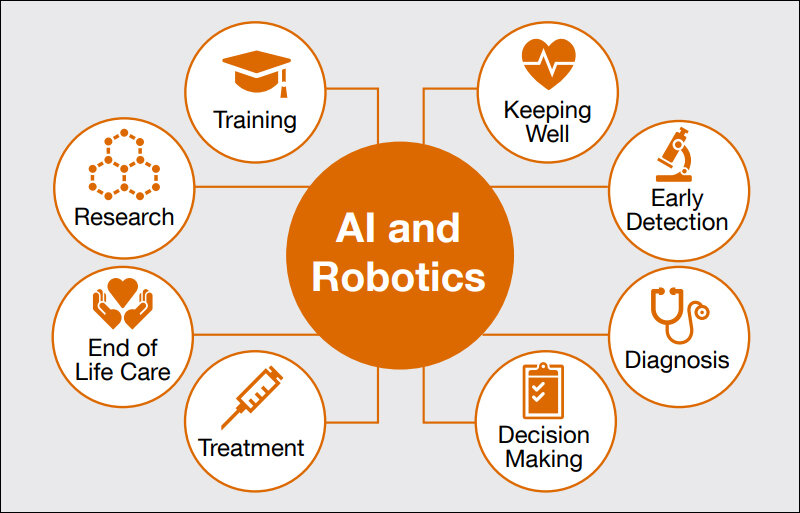
For long, broken healthcare has seemed a problem without a solution. But thanks to artificial intelligence, many common treatments have never seemed easier to implement.
In this Sify article a few months ago, we highlighted how AI solutions already exist to help rural medical infrastructure from an AI stethoscope to AI diagnostics machines that can analyze blood, urine, semen, x-ray, and do a retina scan and autogeneration of pathology report that can be stored in Electronic Health Record systems.
This already available equipment can be operated by a technician with only moderate knowledge of medicine and human anatomy.
These, as other similar AI tools developed across the world, are affordable, portable, low maintenance, and most importantly require no advanced training to use, making them extremely handy for poorer nations. It is hence a missed opportunity that they have not found their way to most of India’s 700,000 villages due to the government not yet waking up to its full potential.
The Ideal Vision
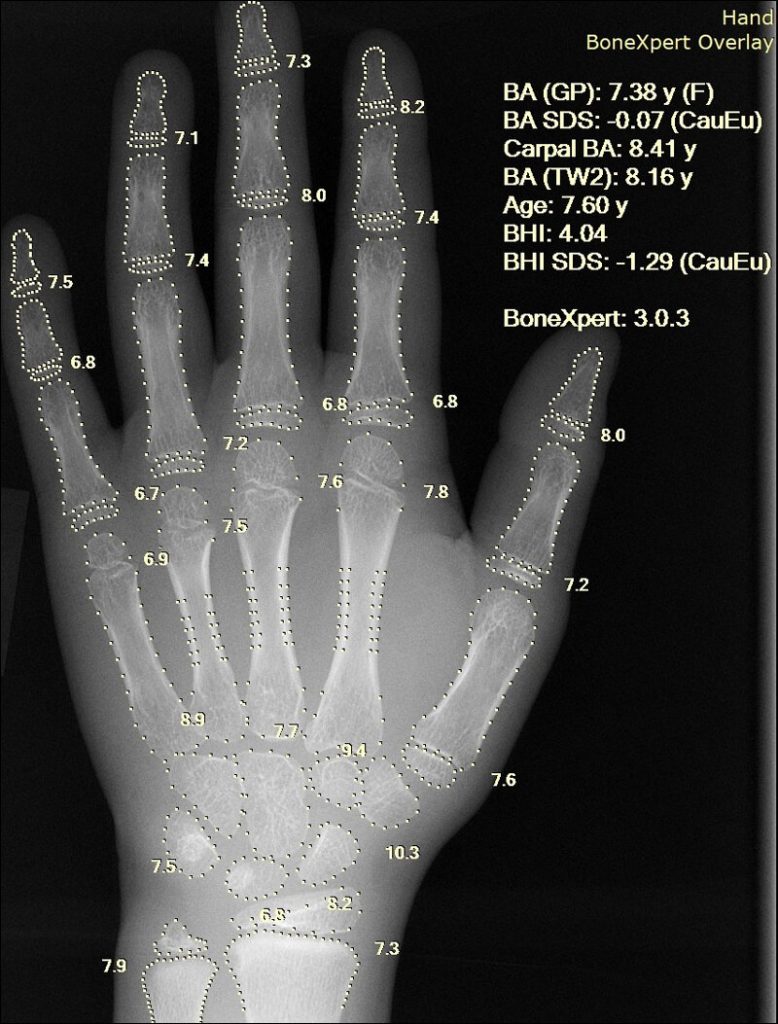
If governments across the world were to get serious, the advantages would be stupendous. A few technicians armed with these AI tools, some connected to a national grid, would be enough to diagnose common ailments quickly. Many of these tools also work offline, which will open up the furthest corners to primary healthcare, saving millions of lives at a fraction of the cost it would normally take.
They also have a vital role to play in urban centers. A doctor with basic training in some of these AI systems, can – with a few assistants – provide a multitude of services quickly, accurately, and effectively becoming the most crucial node in the superhighway of healthcare. And most crucially, they can help reduce errors.
In 2015, a study in the US found that misdiagnosing illness and medical errors accounted for 10% of all US deaths. Having an AI assistant means a doctor can have a diagnostic confirmation available to her whenever she wants. The services medical AI devise can provide are: making or supporting accurate clinical decisions and diagnosis, enhancing primary care and triage, virtual nursing assistant, aiding robotic surgeries, telemedicine, making and keeping records, reminding patients about appointments and medicine intake, telehealth bots to assist relatives in the immediate aftermath of trauma or injury, data crunching for making medicines and vaccines etc. AI in medicine has the potential not just to make a paradigm shift but leapfrog the healthcare system of every nation into the future.
What Governments can do
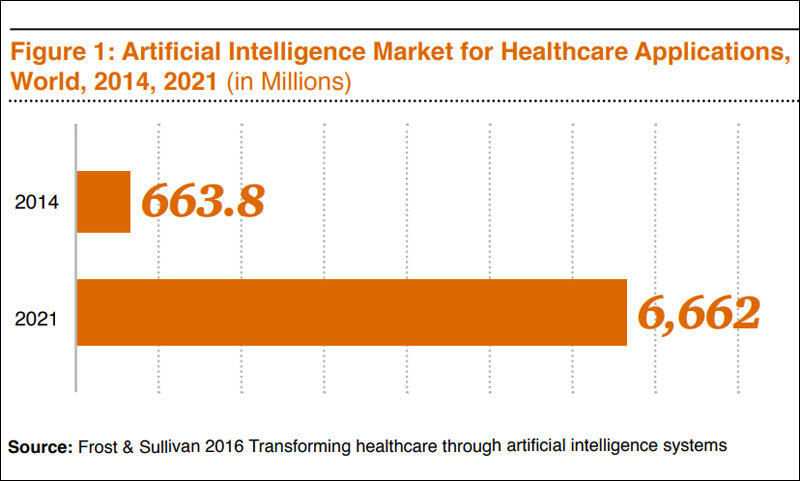
Yet what is missing is the will of governments and bureaucracy stuck in the old, inefficient way of doing things. This is a major impediment to AI deployment because without the aid of governments, these systems cannot even reach a fraction of their effectiveness. AI in healthcare works best if standardised across the nation, or world, something which only governments can do.
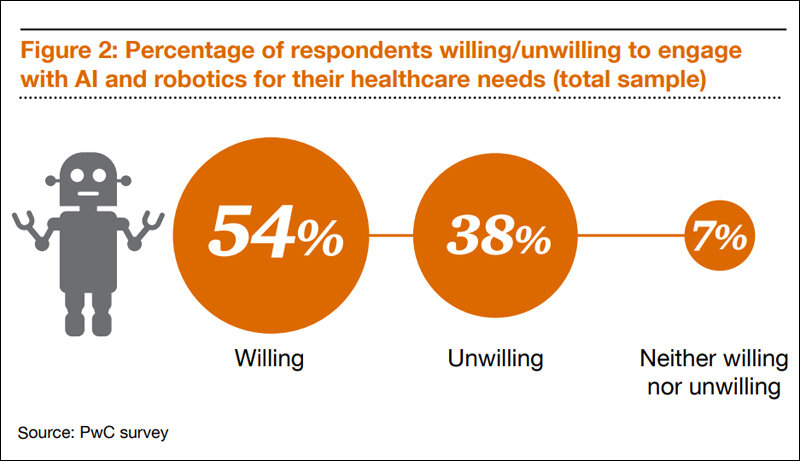
Just private, piecemeal push for use of AI in medicine will belie its potential. An important government job can thus be to set the best possible standardization method for a particular task so that every new entrant can adhere to it. Think of it like the standardization of phone charging: a new mobile maker is not confused by what type of charging port it should have.
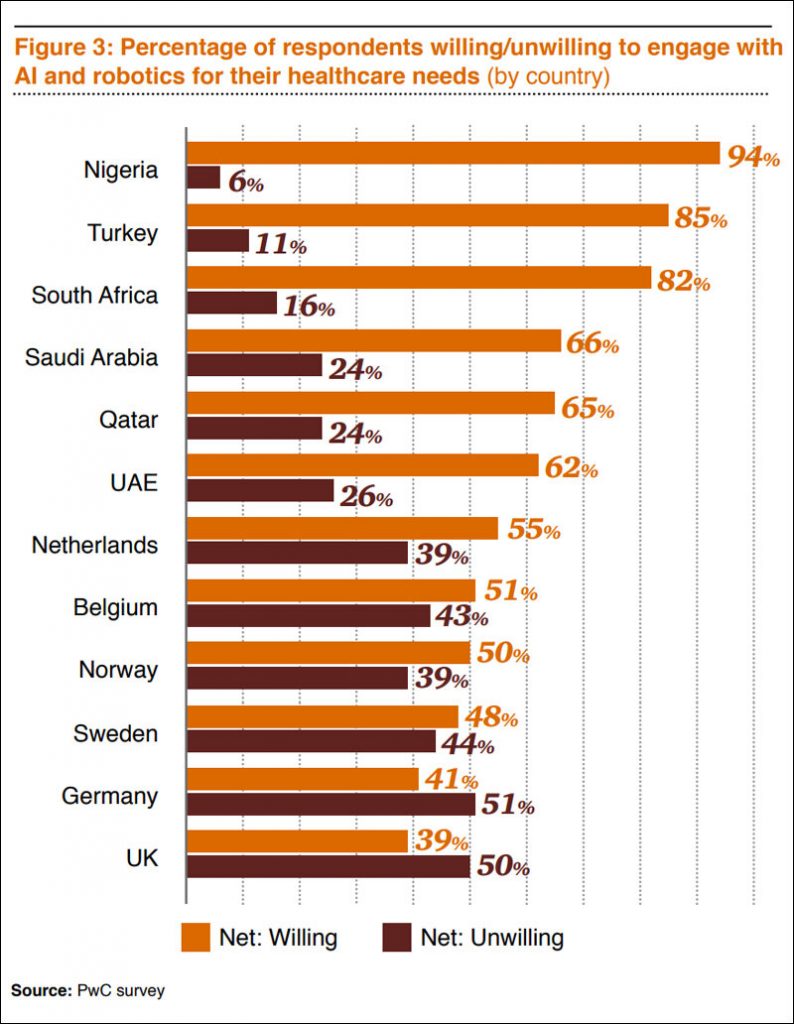
If national governments are reluctant, perhaps the push, both for standardization and for governments across the world to use it, can come from a global organization like World Health Organization (WHO). WHO, in June 2021 issued its first global report on AI in health and set six guiding principles for its design and use. This is a good first step but not nearly enough. What WHO needs is a special Artificial Intelligence Medical Healthcare department under it to keep tabs on the latest developments in the field and help companies reach a level of global standardization.
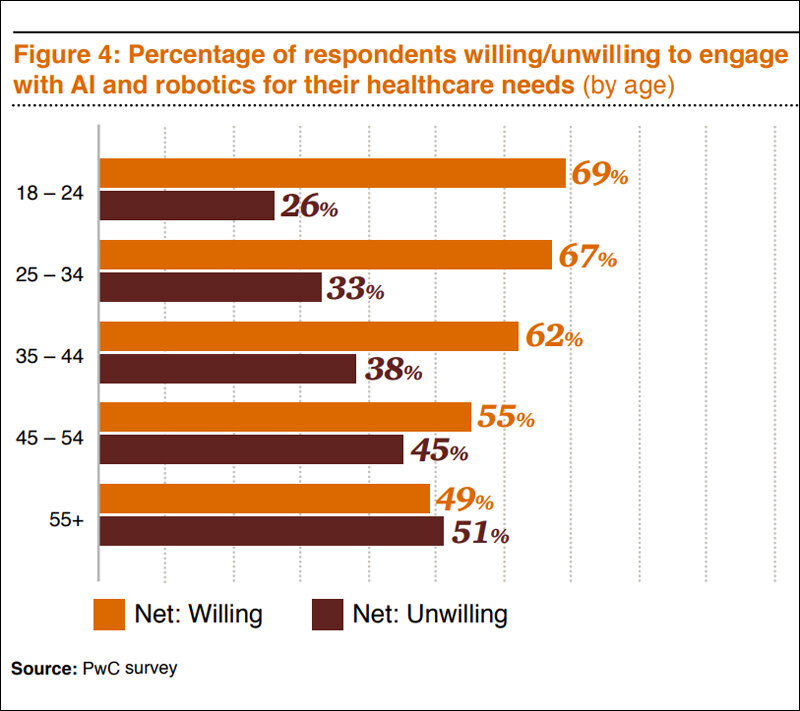
A McKinsey and Company report from 2016 found that using big data to drive value-based care could reduce health care spending in the U.S.A up to between $300-450 billion a year, or 12-17% of the $2.9 trillion spent that year. It’s been over half a decade since the report. The savings would only have grown exponentially, just as the price of using narrow AI to develop AI in medicine has gone exponentially down.
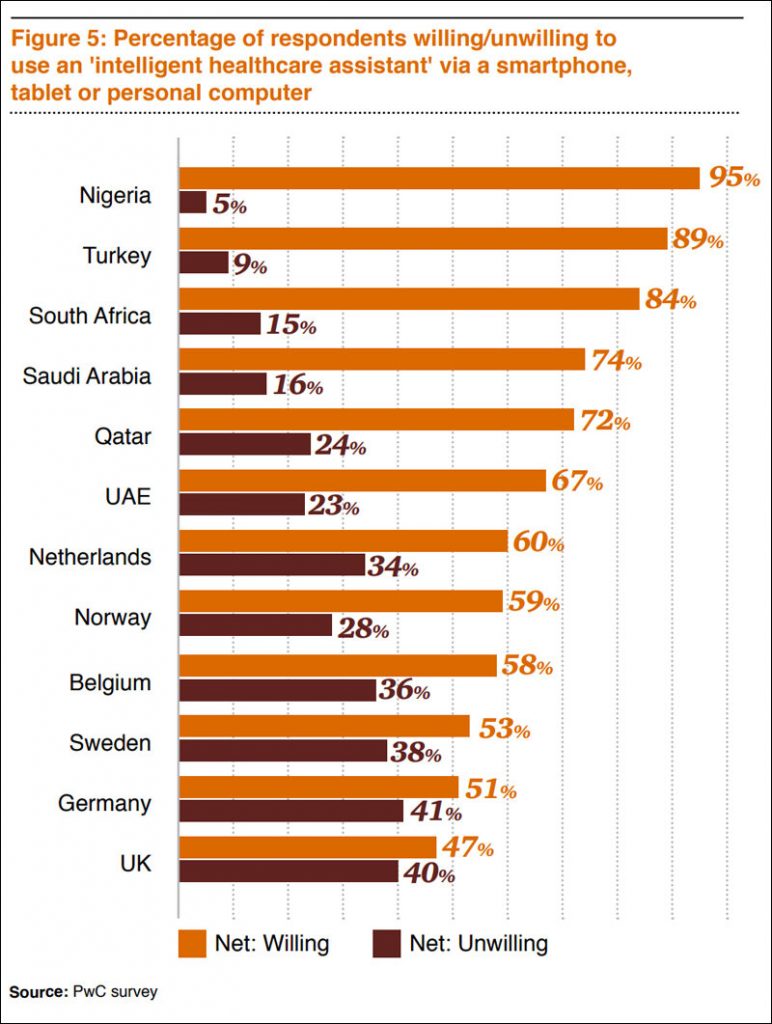
The implementation of medical AI solutions in patient care is a ripe, low-hanging fruit. The need is for the world to rise up and grab it. And if millions of lives saved yearly is an argument that doesn’t resonate with governments, perhaps the trillions of dollars that could be saved or earned, would.
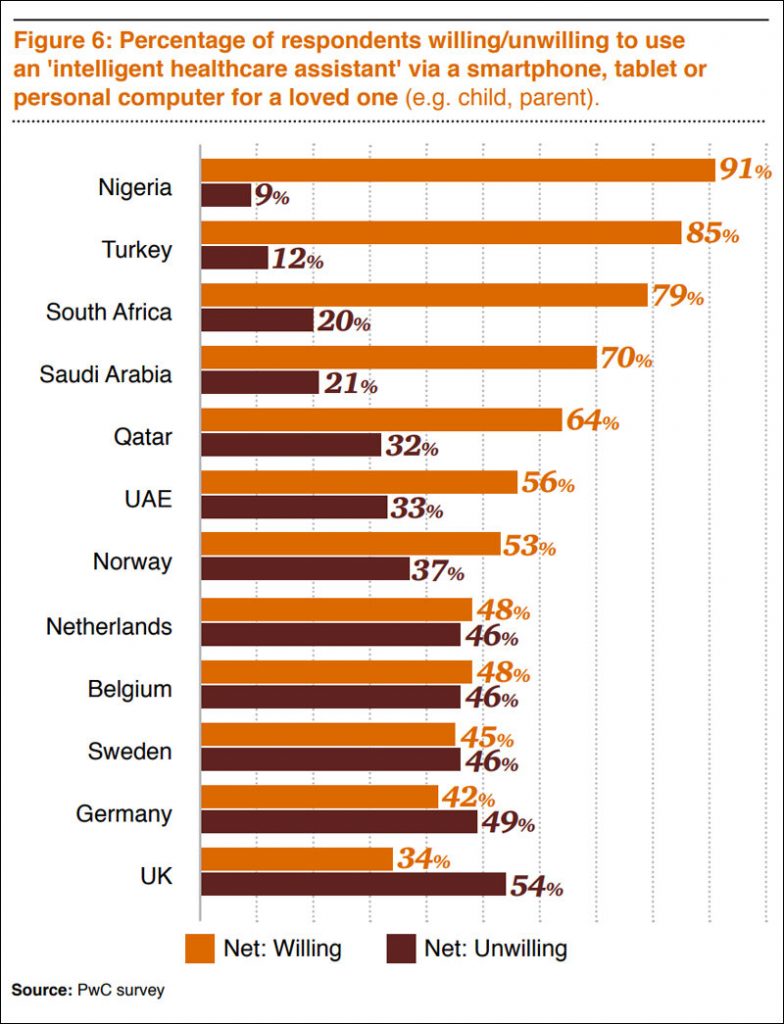
In case you missed:
- Rise of Generative AI in India: Trends & Opportunities
- When AI Meets Metal: How the Marriage of AI & Robotics Will Change the World
- Reversing Heart Disease: Next Step in Living 150 Years Achieved in Lab
- Deep Impact: How Cheap AI like DeepSeek Could Upend Capitalism
- OpenAI’s Secret Project Strawberry Points to Last AI Hurdle: Reasoning
- Is Cloud Computing Headed for Rough Weather
- AI as Cosmic Cartographer: Teen’s Discovery Illuminates Positive Power of Artificial Intelligence
- A Manhattan Project for AI? Here’s Why That’s Missing the Point
- The Great Data Famine: How AI Ate the Internet (And What’s Next)
- AIoT Explained: The Intersection of AI and the Internet of Things



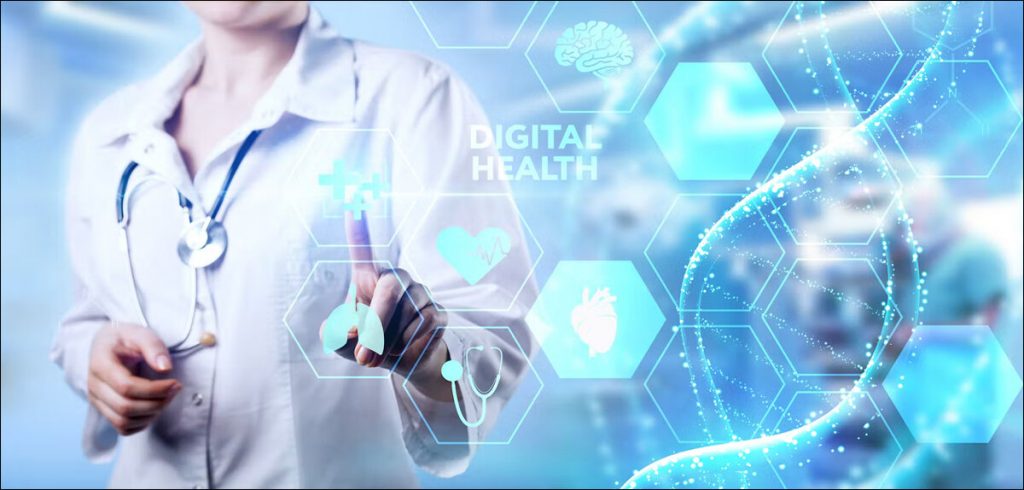



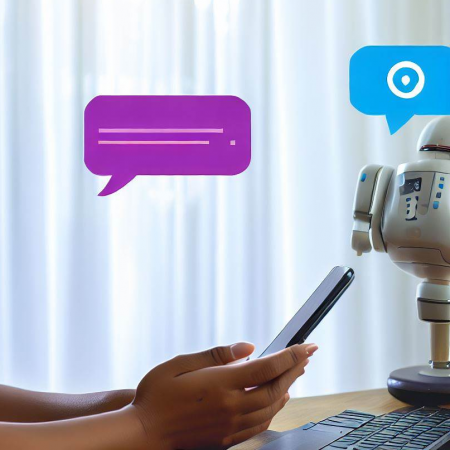
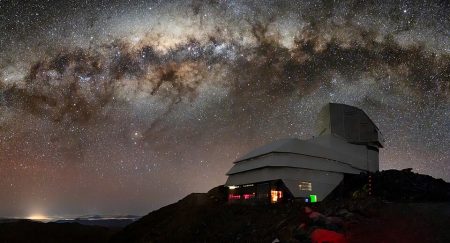

2 Comments
Nice story!
Interesting analysis. But seeing how many languages India has and the fights that go on based on region and language the standardization of devices using artificial intelligence seems logical but impossible.